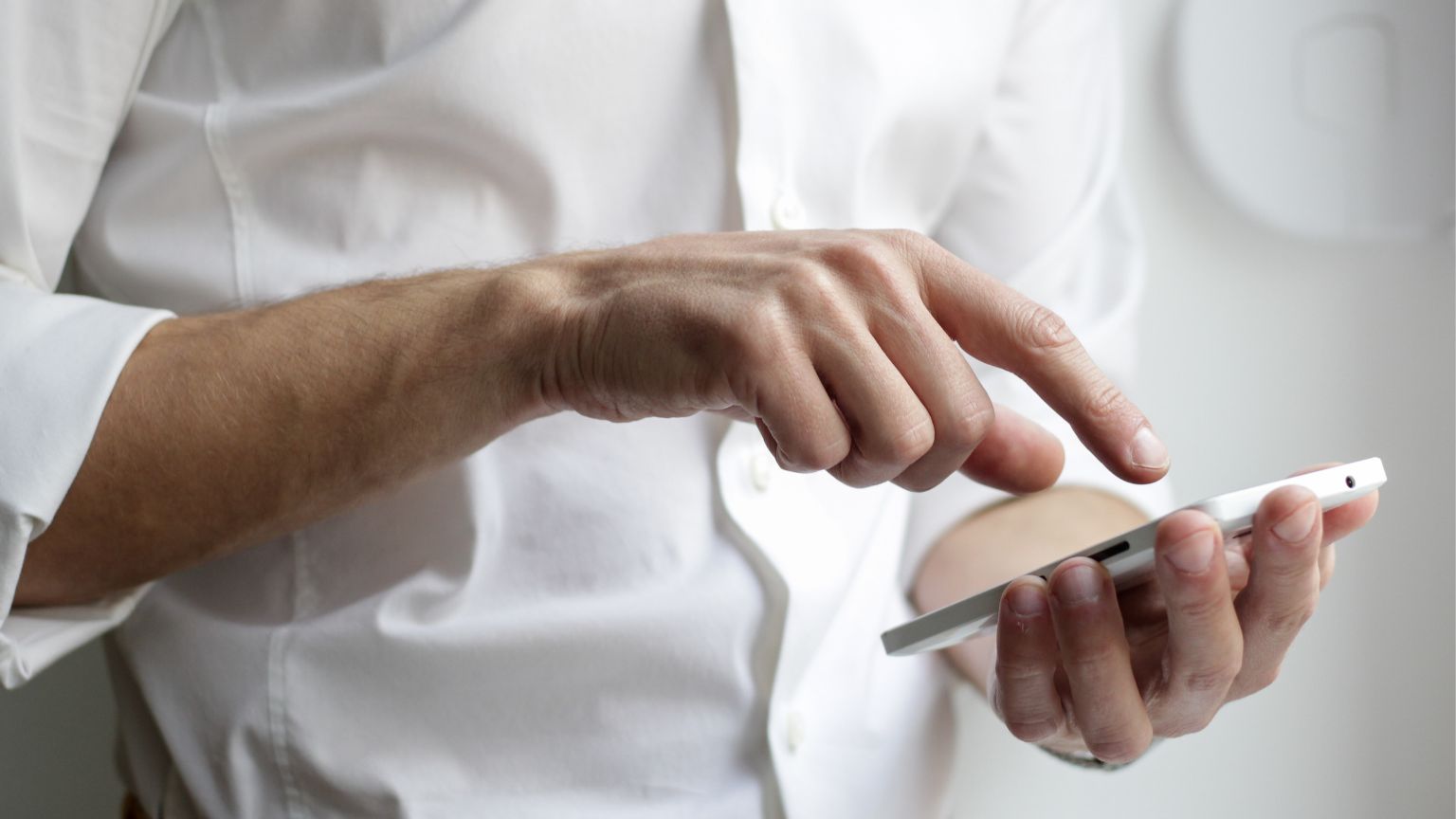Your privacy is at risk. Wake up and learn how governments are increasing monitoring of your every moves.
Norway’s BankID system is becoming a de facto digital ID

Norway’s BankID system, which has become a form of digital ID, has launched a new app that is biometrically capable.
BankID works with all banks in Norway and is currently used by 4.3 million people, out of a population of 5.5 million.
The partnership with OneSpan will provide BankID with additional features like additional security, help Norwegian banks meet compliance standards, and prepare BankID for international use.
The partnership also provides digital signing, user authentication, transaction security, and mobile identity provisioning, Biometric Update reports.
“BankID is, and will continue to remain, a central part of our users’ daily lives,” explains Jan Bjerved, head of Norway’s BankID.
“We are strong believers in creating magic for the users in terms of experience, with as little friction as possible and users feeling safe and secure when using our services. Our trust in OneSpan is based on their proven solutions that ensure we provide the highest level of security to our entire population.”
The new app supports biometric authentication, meaning it could be used as a digital ID.
“The new app will allow better communication with the users, and the ambition is to develop the app to become a digital identity wallet that offers a range of value-adding services in the future,” Bjerved added.
OpenSpan’s CEO Matthew Moynahan reiterated Bjerved’s comments about BankID being used for digital identity.
“In a world where the highest levels of assurance are required to establish users’ identities, our partnership with BankID lays the foundation for the future of secure digital identity platforms and unlocks a new world of experiences that can now include cross-border transactions,” he said.
The post Norway’s BankID system is becoming a de facto digital ID appeared first on Reclaim The Net.
See more –> Source


